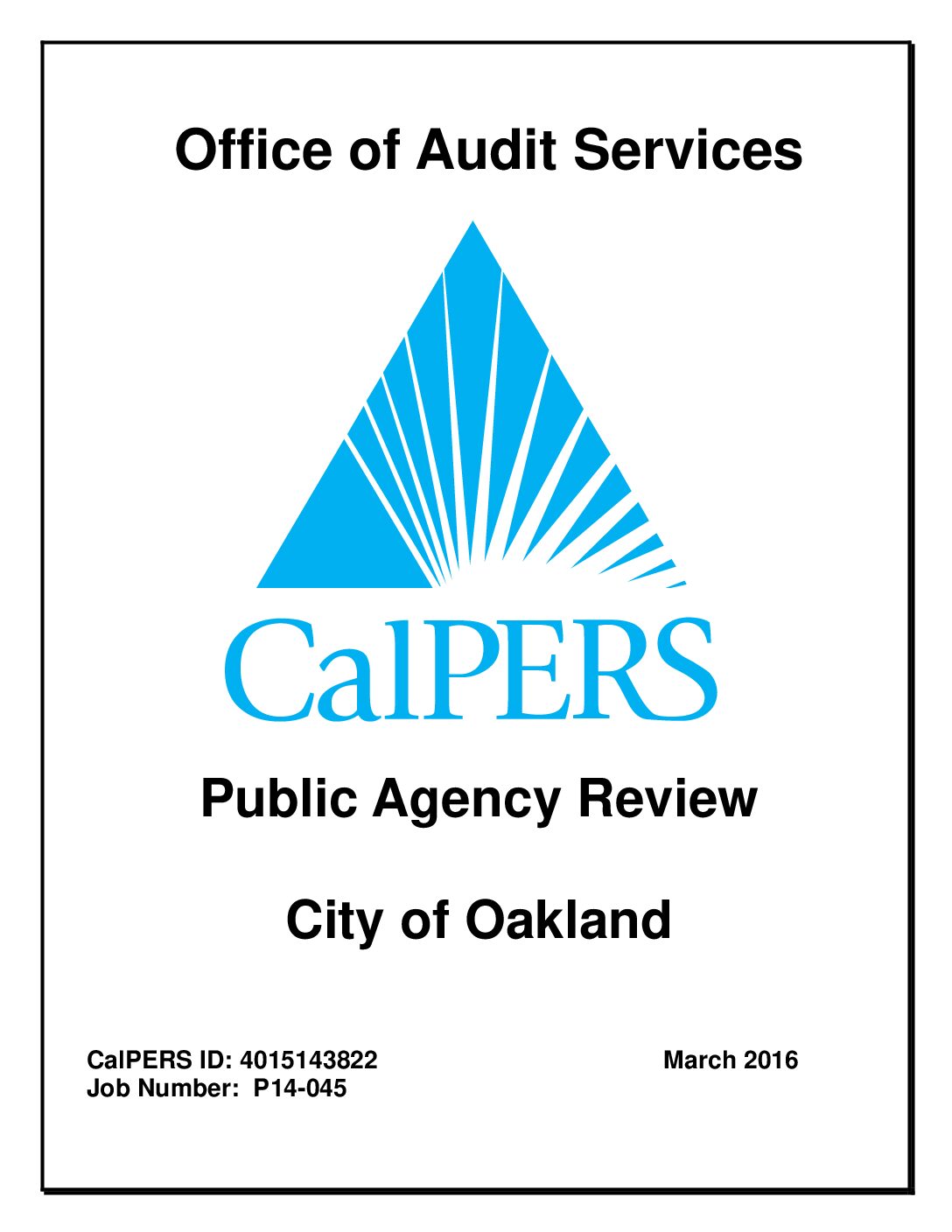Union rules, not wildfires, behind soaring firefighter overtime pay

By: Robert Fellner
Los Angeles Daily News — 1/14/20
Overtime pay for Los Angeles firefighters is making national headlines again, thanks to eye-popping payouts that allowed several employees to pocket over $400,000 apiece last year.
Unfortunately, many news reports have badly misdiagnosed the cause, misleading voters just months ahead of a proposed tax hike. Recent articles in USA TODAY and the Los Angeles Times, for example, suggested the recent spike in wildfires is to blame, but provided no evidence to support that claim.
In fact, soaring overtime pay for Los Angeles firefighters has been an issue for at least the past 25 years, and for reasons entirely unrelated to wildfires.
Ironically, it was the Times itself which in 1996 first explained that most overtime pay is not used for fires or other emergencies, but instead goes towards replacing those out on paid leave. Even back then, Los Angeles had a national reputation for its “paycheck generosity,” with overtime pay already at a level that was “more than twice as much as anywhere else.”
That disparity would only grow with the passage of time.
A 2009 Los Angeles Daily News investigation, for example, found that Los Angeles firefighters averaged up to six times more overtime pay than their counterparts in Houston and Chicago. That report explained how excessive overtime pay is driven almost entirely by scheduling and minimum staffing requirements, which requires sending “a huge ladder truck and engine” to respond to calls that needed only a small ambulance, according to former city fire captain William Ernst.
Captured by the politically powerful fire unions, elected officials have for years avoided any reform that would save tax dollars and thus threaten the department’s ability to continue doling out such generous paychecks. Accordingly, overtime pay for the city and county fire department ballooned to an all-time high of nearly $415 million last year — double the “budget-wrenching” $128 million that so alarmed the Times in 1996, after adjusting for inflation.
The explosive growth in overtime pay is also evident on an individual level. Los Angeles firefighter Donn Thompson, for example, has collected $2.1 million in cash earnings over the past five years thanks to consistently receiving overtime pay worth more than triple his base salary.
Remarkably, Thompson has been able to more than double his base salary with overtime for the past 25 years, making it clear that the system responsible for such extravagance is unrelated to recent wildfires.
Instead, this excess is the result of union-written labor contracts specifically designed to inflate overtime pay. In addition to the minimum staffing and scheduling policies referenced earlier, this also includes things like a contract provision that requires treating paid vacation days as hours worked for the purpose of calculating overtime pay. This means that an employee who takes paid vacation for his regular shift, but then elects to work another shift within that same pay period will be paid entirely at the overtime rate.
This is one reason why it is wrong to defend exorbitant overtime pay on the grounds that it is cheaper than hiring additional staff: It assumes that every dollar of overtime pay reflects additional hours worked, but that is simply not true.
Unwilling to muster the political courage needed to address these inefficiencies, officials have instead chosen to burden taxpayers with keeping the system afloat.
Right on schedule, the Board of Supervisors last month authorized the county fire department to place a tax increase before voters on the March ballot.
Despite a nearly 30 percent increase in property tax revenue over the past five years, as population remained flat, the department now claims that it needs even more money.
By citing a surge in emergency medical calls as justification for the tax hike, however, county fire Chief Daryl Osby inadvertently highlighted another area ripe for reform.
Namely, why are residents paying for high-priced firefighters to respond to medical calls in the first place?
This point is especially pronounced given that medical calls account for more than 80 percent of the department’s total call volume. Fire incidents, by comparison, account for only 3 percent, with false alarms and miscellaneous making up the rest.
Defenders of the status quo point to the fact that some amount of overtime pay is necessary and expected within firefighting — as if this banal observation prevents the entire system from scrutiny, no matter how wasteful or excessive.
But there are plenty of reasons to question whether existing tax dollars are being used responsibly, particularly after a recent audit revealed that the department with a $1.3 billion annual budget relied on a timecard system that was unable to perform its core function of detecting impermissible amounts of overtime. And what is with the electronic scheduling system that hides the identity of the supervisor responsible for awarding overtime assignments?
It’s hard to tell which is more troubling: that the agency adopted systems seemingly designed to facilitate misuse in the first place, or that it needed a formal reprimand from the county auditor to acknowledge the problem.
Escalating overtime pay, and the department’s alleged need for higher taxes, has little to do with recent wildfires. Instead, these problems are symptoms of a system that encourages excess, at taxpayer expense.
Solving that will require addressing why Los Angeles, for more than a quarter-century, has remained the nation’s leader in soaring firefighter overtime pay.
Robert Fellner is executive director of Transparent California — the state’s largest public pay and pension database.

